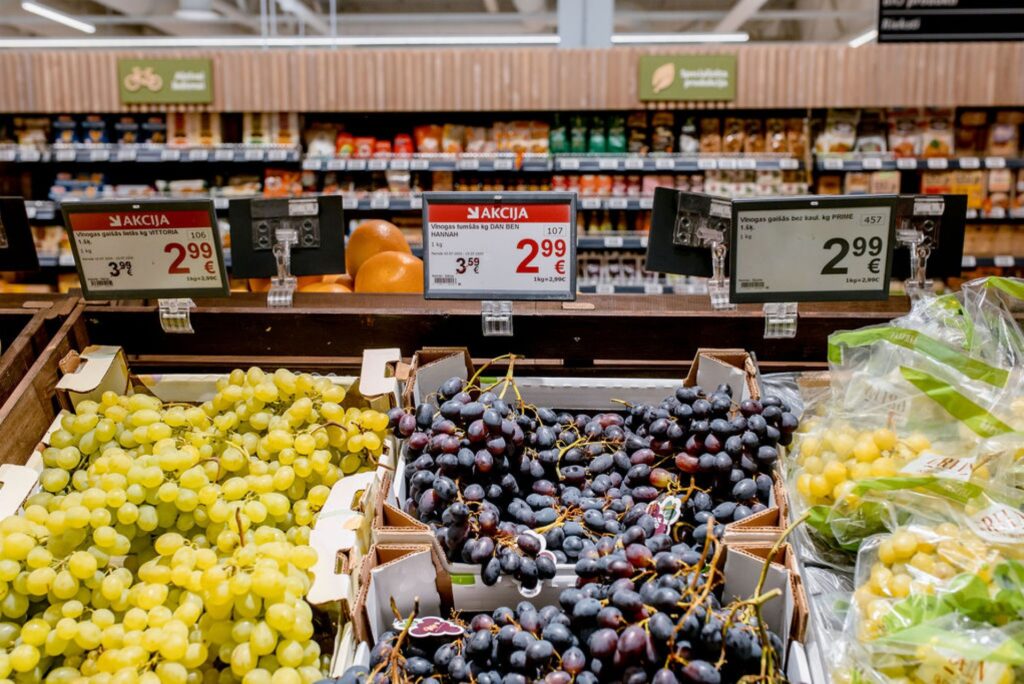In an era where consumers are becoming increasingly conscious of their spending and seeking value for their money, price transparency has emerged as a pivotal factor in shaping shopping behaviors. The modern shopper is no longer content with merely making purchases; they demand to be informed about the costs associated with their choices. This shift in consumer mindset has led supermarkets to adopt innovative strategies, with one shining example being the implementation of trustworthy and accurate price tags. Gone are the days when deciphering the true cost of items on supermarket shelves was akin to solving a complex puzzle. Today, supermarkets that prioritize customer satisfaction have embraced the concept of transparent pricing, recognizing that it fosters trust and loyalty among shoppers. This approach involves providing clear, concise, and reliable information on price tags, ensuring that buyers can make well-informed decisions without any hidden surprises at the checkout counter. Transparent price tags go beyond merely displaying the numerical cost of an item.

They often include additional information, such as unit pricing, which allows consumers to easily compare the value of different product sizes or quantities. This feature empowers shoppers to assess whether buying in bulk or opting for a larger size is truly cost-effective, ultimately helping them save money over the long run supermarket price tag. By presenting this information upfront, supermarkets empower consumers to make choices aligned with their budgets and preferences. The beauty of transparent price tags lies in their simplicity. Customers no longer need to second-guess whether they are being charged the correct amount or if discounts have been applied accurately. Instead, they can focus on their shopping experience, confident that the displayed prices reflect the actual costs. This transparency not only benefits consumers but also bolsters the supermarket’s reputation as an honest and customer-centric establishment. Furthermore, supermarkets embracing price transparency often extend this principle to their digital platforms. Online shopping has surged in popularity, and consumers expect the same level of honesty and clarity in their virtual shopping carts.
By ensuring consistency between physical store price tags and their online counterparts, supermarkets build a cohesive brand image that resonates with shoppers across all touchpoints. However, achieving price transparency is not without its challenges. Supermarkets must meticulously manage their pricing databases and ensure that any changes are promptly reflected on the price tags. Additionally, training staff to handle customer inquiries about prices with accuracy and politeness is crucial to maintaining a positive shopping experience on electronic price tags. In conclusion, the era of murky and confusing price tags is rapidly fading, making way for a new shopping landscape centered around transparency and customer empowerment. Supermarkets that prioritize accurate and trustworthy pricing mechanisms stand to gain not only financially but also in terms of customer loyalty and satisfaction. Transparent price tags, complete with unit pricing and consistency across physical and digital platforms, underscore a commitment to openness and fairness. As consumers continue to seek value and honesty in their purchasing decisions, supermarkets that embrace this trend are poised to thrive in the competitive retail arena.